
The field of Robotics is as hideous as the stars in the sky. Yet, their twinkle is as seductive as a dimple. Robotics is born of a multidisciplinary nature and thus the reason behind its endless industrial applications. It is no longer a field that solely depends on engineering alone. Thus has transformed from a technicality to an art. The artists are now able to bring more appealing robotic designs to life than the engineers who mainly focus on the technical aspects. However, it is the team effort that does the trick. You just have to have the heart for it. Robots do not discriminate. They see a soul for a soul and eyes only what is present before them. The article takes a look at some top robotic projects to appreciate or consider for your future or current applications. So buckle up as we step forth to tour and embrace the robotic universe.
Table of Contents
The Projects Brief

The field of robotics always has a touch of wireless communications, microcontrollers, and embedded systems. The mentioned entities can be taught of a building block for a functional and reliable robotic system through their integration, according to Rozum. Thus to be a part of a potentially successful robotic project, you should be a master working knowledge related to robotics. You do not need to bash your head on the wall for not have a core engineering educational background; instead, let practical learning do the bashing. It is the most effective and funfilled way of learning. Learning while the building is the best approach as you get to relearn through each setback and in turn, build your muscle memories.
The Robotic Projects Menu Summary
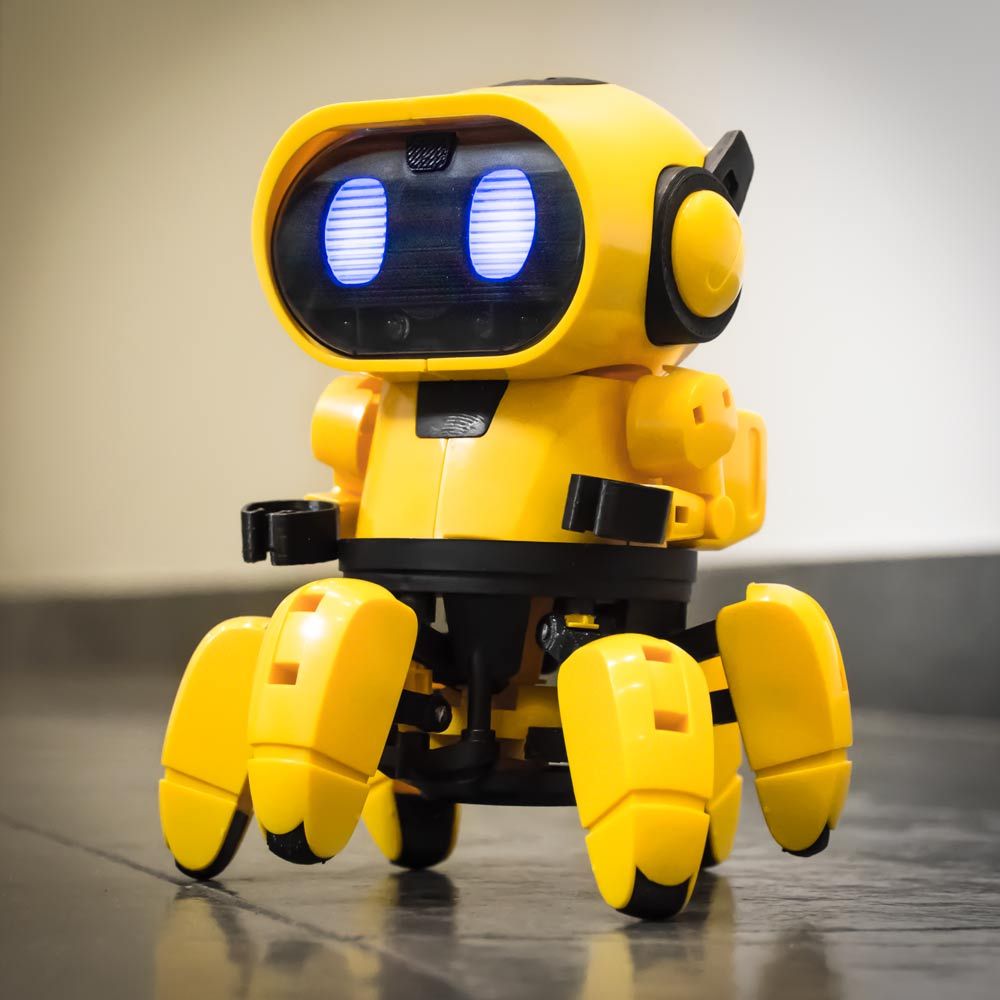
Robots continue to climb up the technological trending ladder unapologetically. The shared robotic fuss transitions some of its excitement to kids and hobbyists so that it is not only the engineers enjoying the juicy pie. The expansion of robotics has given industries a new lease of life due to its innovative and transformative characteristics. Jobs deemed mundane and dangerous, or to be more specific, a poison chalice to the human labor force is no longer a worry. The robots are happy to step in with no life insurance safety net. Thus their productivity is higher and operation cost and time lower, not to sound like a traitor to the human workforce. The robotic takeover is inevitable as more and more industries continue to embrace the use of robots, and very soon, every aspect of humanity will be a robotic affair. Thus the presented countdown of robotic projects is an attractive and potential prospect of a transforming and futuristic world.
Project 1: Gesture Controlled Robots
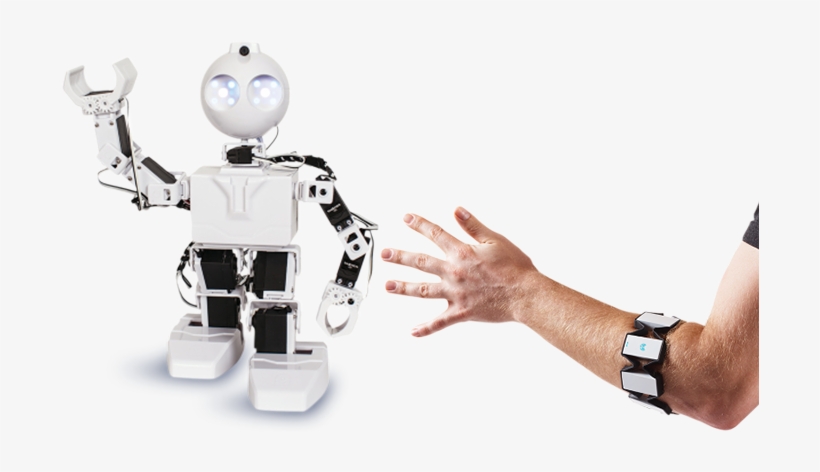
If your plan of thought is in line with human-machine interaction, then the gesture-controlled robot is the missing piece on your puzzle. The control of such robots is through the human hands’ movements. The robot’s movement control is through an accelerometer. A 3-axes mapping system is what assists the accelerometer in detecting the hand motions. Under such a project, a microcontroller acts as the brain behind the device’s robotic operations. It also controls the motors’ input voltage. Thus the DC motors adhere to the microcontroller’s output before operating the robotic vehicle in question.
Such a robot is applicable in several exciting fields. The fields of construction, medicine, and automobiles all embrace its usefulness. The robot is also a brilliant candidate for a firefighting robot where humans are hostages in a hostile environment. Thus the exoskeleton of gesture-controlled robots can be assistive. The industries that require trolley and lift control systems can benefit from such a robot. Moreover, such robotic operations define primary military operations.
Project 2: Mobile Robots
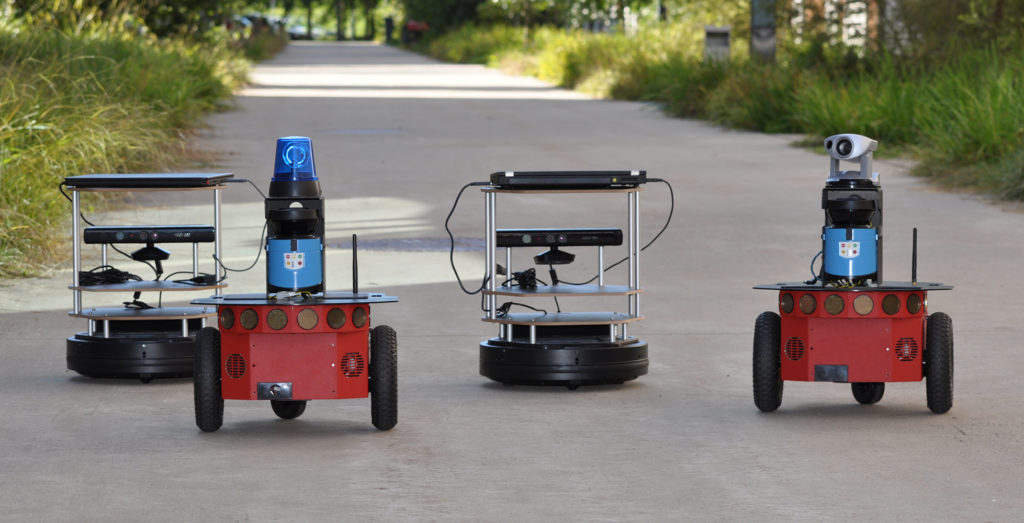
The movements of mobile robots are under the control of the DTMF (Dual Tone Multiple Frequency). To explain DTMF, just consider that small, pitchy sound you hear while dialing a number on your smartphone. Thus each number occupying the phone’s dialer uses a unique frequency each time the device is active. Thus it is the same concept that controls the movement of the robotic device in question. Therefore, the mobile robotics project is a knowledge base for the practicality of microcontrollers and DTMF technology together with their programming.
Mobility is a potential frontier towards the flexibility of robots. The fixed robots will retain their usefulness in the manufacturing sector. However, the augmentation of mobile robots with the traditional robotics is a promise of flexibility towards the onset of groundbreaking industrial applications. Such applications are inclusive in space exploration, distribution, warehousing, security, personal assistance, medical, and surgical uses. Industries are starting to show a growing interest in mobile robotics. The appeal in the specialization of such applications is how a single mobile robot has the capability of servicing several locations through a vast range of tasks. The outfit that characterizes a mobile sensor is the enhanced intelligence and advanced sensory systems.
Project 3: The Voice Controlled Robots

The voice-controlled robots operate under the specs of speech or sound recognition. A series of audio words project from a medium that is either human or machine. The voice-controlled robots then identify, compile, and execute the commands masked by those words. The voice recognition technology is the backbone of the project. The technology is responsible for the instructions the robot receives. It also applies to the movements, if any, that the robot undertakes. Thus this fact fuels the voice-controlled robots’ extensive mobile applications relating to Maps and Smart Assistance. Therefore if you have a Smartphone and have already made use of the Google Voice feature or the Google Maps audio feature, then you are already a semi-robotic god or goddess. You now just need to get your hands or mind a little bit dirty to own a real robotic soul.
The robot-to-user connection is only viable through an established Bluetooth communication interface. Thus if this project is what suites your appetite, the four components that are a must are a microcontroller, a Bluetooth module, dc motors, and a mobile app. The microcontroller is the robot’s brain that controls the input voltage towards the motor. The DC motor is responsible for the mobility of the robot and is dependent on the output voltage coming from the microcontroller. The mobile app, in this case, is the speech recognition software. Its integration or installation of the robot will help it understand the projected voice commands.
Other applications include indoor assistive robots. You can use speech commands to control such robots. They have the capability of picking or collecting objects around your house environment and piling them where you want. They are, therefore, a recommended robot for running small errands.
Project 4: The Sensor Guided Robots
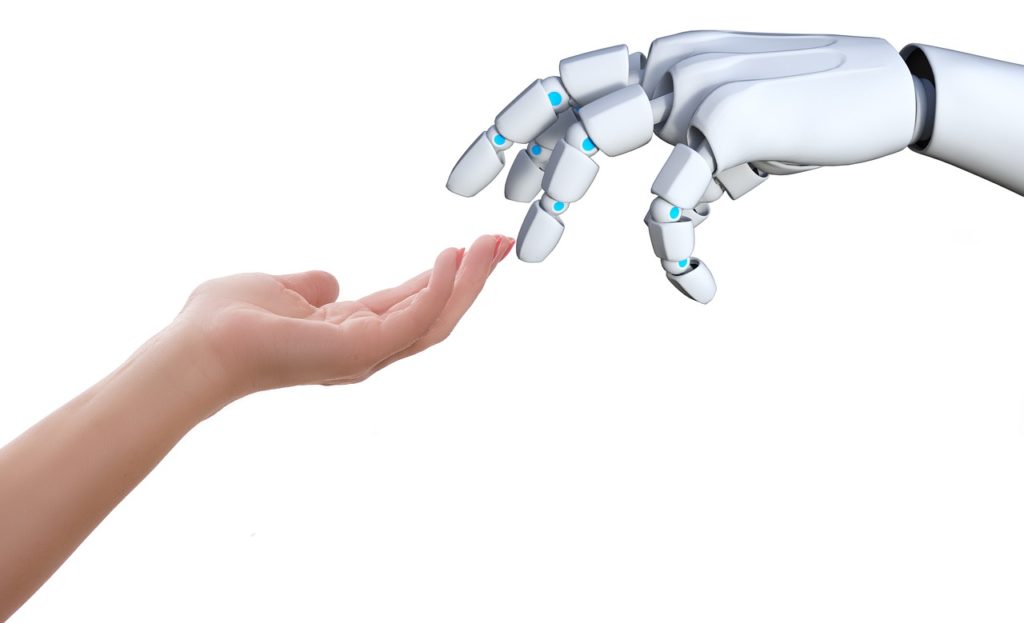
Most robotic projects recognize sensors as their twin flame. They are a significant component in their buildup or elevation into much more prominent and flexible projects. The sensor guided robotic project will lead you to understand more about sensors’ testing, calibration, and integration. Such a project mostly makes use of the IR sensors. The sensor is applicable in detecting obstacles that might be in the way of the robots moving path. Thus the sensor programs the robot to either avoid the obstacle in question or follow it. The working principle is simple if the IR sensors sense some infrared rays projected by an obstacle, the microcontroller receives that sensor’s feedback and takes over the decision-making process.
An application example of the sensor guided robot is the vision-guided robotic system. This robotic architecture fits with high-resolution cameras that function as motion sensors. The cameras provide the microcontroller with a second feedback signal. Thus the microcontroller then decides on the motion movement of the robot. The decision concerns the distance of the target.
Project 5: The WiFi Controlled Robots
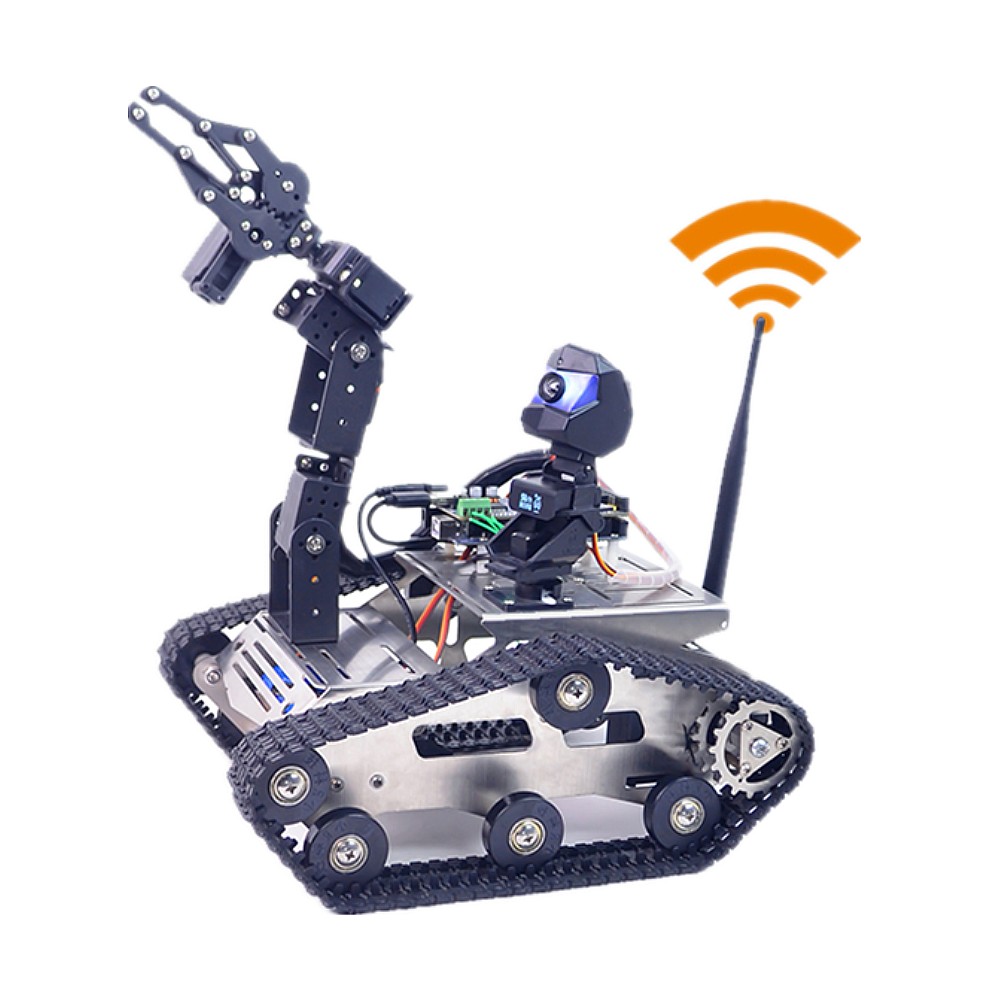
The use of WiFi in the robotic industry is like a severe flu outbreak because it keeps on spreading. The WiFi has earned its place as an integral core entity of human existence. The continuous advancements in the WiFi technological infrastructure are responsible for the increasing number of smart devices invading the internet space. This robotic technical project is, therefore, a learning aide towards your understanding of an integration technology between the embedded systems and the internet. Such a project has the objective of creating a robot that is remotely independent and can pass communication through the internet or offline computer using WiFi. The robot-to-user connection channel is through the WiFi interface.
Due to such robotic outbursts, the future can thus be both industrial and domestic. Hence, the robots will soon be knocking on your doors away from industries as their second homes. The integration of robots with smart systems like WiFi and Bluetooth raises their importance and potential to unmetered heights. Networks like the GSM are already re-inventing the human-to-robots communication heights. The microcontrollers in the robots are already empowering them to operate both online and offline. Therefore, the expectation to follow after such advancements can only exist in the imagination of humans. Hence both the Technical and Creative need to couple up. It will create spontaneous magic in the innovation and inventions of the future through robots. Thus donate a robotic idea and help save a robot’s life.





